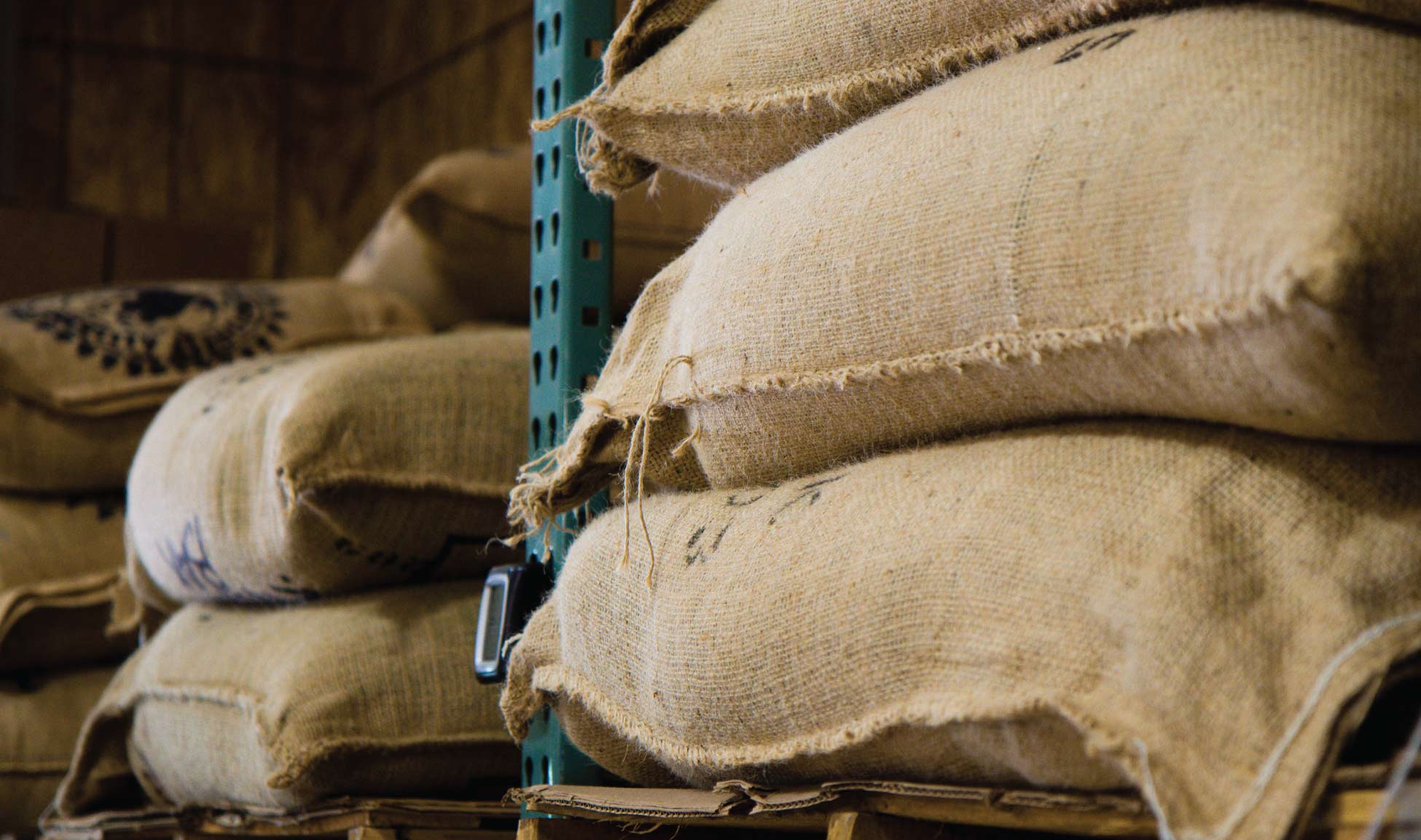As an entrepreneur in the EU, you have to comply with a number of legal frameworks, some of which are lengthy and some of which are extremely questionable. Nevertheless, these regulations serve primarily to protect EU citizens and should be followed in every respect.
These are guidelines such as the Packaging Act and the correct labeling for food. In addition to the list of ingredients, this also includes the address of the distributor. Basically, everything must be legally traceable. This means that as a manufacturer / operator, you have to play your cards close to your chest with the customer.
Those who do not follow these rules of the game are subject to heavy penalties and up to the Exclusion from the game (closing of the store) calculate. In order to avoid a game over, we would like to briefly list the general conditions.
They also helped us significantly during the launch phase.
Packaging not only serves to protect the actual product, it also serves as a source of information and design for customers. For example, instructions and examples of use are printed on it. Quite classic are the ingredient lists and the quantity information. Other mandatory information includes, among other things, for food products:
- The name of the product ( coffee beans roasted)
- Nutritional values (energy, fats, carbohydrates, protein, etc.)
- Manufacturer (full name and address, contact possibility)
- Best before date (also marketability after opening must be indicated)
- Storage instructions / storage (dark, dry, refrigerated, etc)
- Allergen labeling (milk, almonds, gluten, nuts, eggs, etc)
- Certificates as an addition (BIO, stable, etc)
The respective labeling should always have a minimum font size (6 pt / 6mm) and be written at least in the national language in which the product is sold. The pattern is up to each manufacturer, as long as a clarity and the minimum requirements of the labeling obligations are given.
An appealing design can participate in sales psychology and thus positively influence a product's sales promotion.

Food labeling
Packaging design - Practical and good
As a physical product, we feel more pleasure the higher quality and more loving a product was packaged. This includes colors, patterns and high quality materials.
Dark colors, for example, reflect a higher value or a reserved nature. If you combine these with highlights, you give a product packaging a very individual touch and recognizability. This recognizability is part of the brand communication and brings a kind of trust in the long run.
The more consistent the brand presence, the better. In other words, the customer knows over time what he expects from the Brand and its values can expect. In addition to the external adornment of the packaging and the spruced-up labeling of the product, these aspects must also hold up in daily practice.
This means that employees can handle the packaging during their work. This includes manageability, stability, but also the reduction of packaging waste. In addition, the self-explanatory structuring of the packages is important. Logistics must be able to recognize at first glance how, where and what sizes and materials are to be used for order processing.
Safety and stability
In addition to the above-mentioned aspects, the packaged goods must also be securely packed and protected against external influences. Among other things, the package must be partially shielded against shocks and also moisture. With the help of different filling material we can transport the goods safely.
Such as:
- Bubble wrap
- Air cushion
- Cardboard racks
- Foam
- Styrofoam
- Waste paper / waste cardboard
All these filling materials can also be customized if required so that the product fits 1 to 1 into the respective material like a puzzle piece. Mostly these are the foam, recycled paper and polystyrene parts as you know it for electronic articles.
But also the packaging itself should not be too thin and, if necessary, put in a more stable outer packaging.
In general, one also pays attention here to a marking of the respective packed together articles. Here it serves mainly for the overview and better order processing, especially in wholesale. A simple product marking with the number is completely sufficient.

Packaging law and labeling requirements
The Packaging Act - VerpackG
In order to counteract the increasing packaging waste, the Packaging Act was passed in 2019. Before that, however, there was already another packaging ordinance, which has now been replaced by the Packaging Act.
Retailers of all kinds produce vast amounts of trash every year. Above all, however, the constantly growing online trade is responsible for the growing pile of waste. It is the already mentioned outer packaging and packages that are put into circulation.
Long story short: You have to pay extra for the disposal of the trash. For this purpose, there are 2 places where an (online) dealer has to register. Officially, this registers the annual amount of waste produced.
For example, at Reeham we produce or bring into circulation paper/cardboard/packaging waste through our online shipping. We must report any estimated annual quantity to the Register official body and with log on to another job.
In the latter case, there are various private providers. A detailed consultation has the official site listed. There you will also find the recommended action steps.
Trade compliance for suppliers and partners
For wholesalers, many legal framework conditions come into play that are not noticed at first. The first to ensure legally compliant processing are the suppliers and trading partners, who already work with forms and other documents.
In the so-called commercial or merchant language, many papers are the status quo. Are mostly subject to the HGB including its obvious laws.
Many partners, however, provide assistance in filling out their contract documents. After 3+ of these contracts at the latest, one has arrived at the general commercial language.
For many merchants, these laws are part of everyday life. If all conformities such as the labeling requirements and packaging laws are observed, nothing stands in the way of smooth trading.



